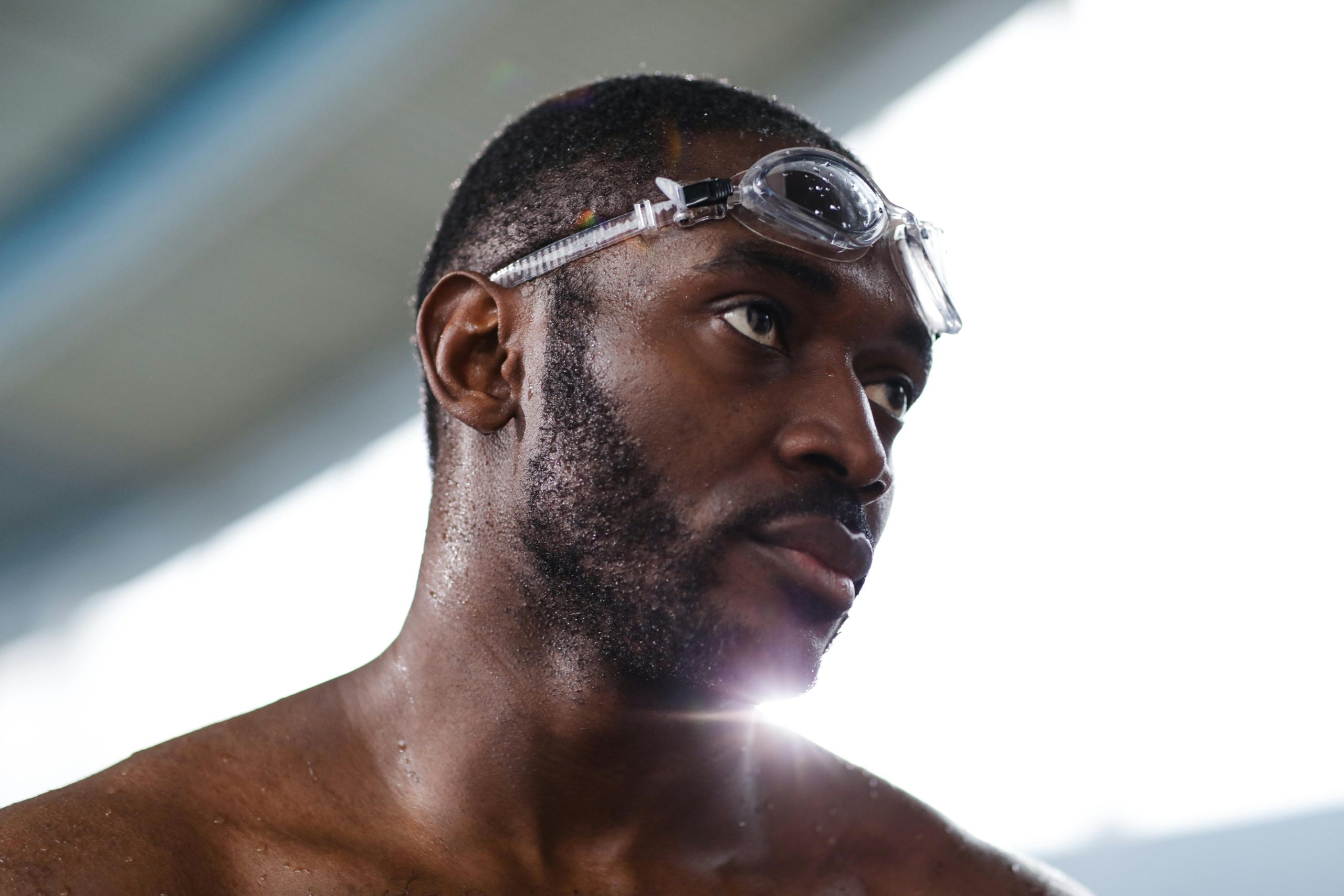
The Financial Lever: Billions at Stake in the ONR’s Hands
The scale of money the Office of Naval Research controls is staggering, representing a direct investment of taxpayer dollars into the science that keeps U.S. sea power unmatched. This office isn’t managing minor procurement; it shepherds the foundational elements of our future fleet. We are talking about billions—actual, real dollars—funding thousands of projects annually that range from theoretical physics to the next generation of quantum sensors for anti-submarine warfare.
The True Scope of the ONR’s Investment Portfolio
To understand the threat, you need the numbers. The Navy’s Fiscal Year 2026 budget request, submitted just this past June, sought a total of $29.2 billion for Research, Development, Test, and Evaluation (RDT&E). The portion that falls squarely under the ONR’s traditional mandate—the foundational Science and Technology (S&T) investment (often coded as 6.1, 6.2, and 6.3)—is earmarked at **$2.7 billion**. That $2.7 billion is the seed corn. It’s what pays for the basic materials science that leads to lighter, stronger hull plating five years from now, or the early-stage artificial intelligence algorithms that will eventually guide autonomous underwater vehicles. What happens when the strategic focus shifts away from long-term, high-risk, high-reward defense research toward short-term, easily quantifiable private-sector efficiency metrics? * Program Stagnation: Projects that require a decade of patient, foundational science—the very kind that yields breakthrough capabilities—become easy targets for early cancellation when quarterly budget reviews prioritize immediate cost avoidance. * Ecosystem Shock: University labs, independent research centers, and small defense contractors that rely on stable, multi-year basic research grants will see that funding dry up or become subject to politically motivated re-scoping. * Strategic Drift: The constant, predictable funding needed to maintain American leadership in critical areas like hypersonic countermeasures or advanced electronic warfare systems falters, handing an invaluable head start to near-peer competitors watching closely from the Western Pacific and beyond. This is why the financial scope is critical; mismanagement or a misplaced strategic objective isn’t just an accounting error—it’s a direct delay in fleet readiness and a tangible reduction in our national security posture. You can track the broader context of this spending by looking at the details of the latest U.S. Navy Fiscal Year 2026 Budget RDT&E allocations.
The Weight of Tradition: Why Flag Officers Ruled the Research Realm. Find out more about Office of Naval Research leadership controversy.
For nearly eight decades, the Chief of Naval Research (CNR) was almost exclusively an active-duty Rear Admiral, or occasionally a senior civilian from the Senior Executive Service (SES) with decades of defense acquisition experience. This wasn’t mere custom; it was an operational necessity. A flag officer who has walked the decks, flown the jets, and managed major program offices understands the brutal realities of what works at sea and what remains a laboratory curiosity.
Grounded Strategy vs. Administrative Theory
The tradition ensures that the technical strategy is inherently grounded in the reality of what the warfighter needs and what the existing force structure can realistically absorb. The military leader speaks the language of operational risk, sustainment, and the combat environment. They are positioned to push for the radical science needed for tomorrow without accidentally kneecapping the critical technology required for the *day after tomorrow*. Removing this requirement to default to military/deep defense expertise signals a dangerous assumption: that the administrative and efficiency expertise of the private sector—particularly those touting a “disruptor” mindset—is inherently superior to accumulated military-technical wisdom. This notion is viewed with deep skepticism by defense planners because: * The Acquisition Gap: Defense acquisition cycles are notoriously long because the stakes are life-and-death. A leader accustomed to the two-to-five-year timelines of the private sector may not possess the institutional patience required for systems that take 15 to 20 years to mature. * Culture Clashes: The Navy operates under a unique culture defined by hierarchy, jointness, and mission focus. An outsider might implement efficiency measures that, while sound on a spreadsheet, erode the trust and necessary collaboration between ONR scientists and the operational commands they serve. This isn’t about excluding talent; it’s about the specific nature of the talent required. It demands a rare hybrid of deep scientific acumen *and* operational combat experience. The long-standing support for our Naval Science and Technology workforce relies on this continuity.
The Predecessor’s Exit and the New Face of ONR
To appreciate the ideological break, we must look at the immediate personnel swap. Rear Admiral Kurt Rothenhaus, the outgoing CNR, was far from a typical bureaucrat. He assumed command in June 2023, bringing the pedigree of a career naval aviator with advanced degrees in Computer Science and Software Engineering from the Naval Postgraduate School. His record includes operational tours on the USS *Harry S. Truman* and service as a program executive officer for C4I systems—a direct line to the fleet’s most pressing command and control needs. His tenure, though relatively short, was rooted in the established system of military leadership dedicated to advancing the fleet through vetted, defense-oriented research pathways.
The Opaque Transition: Boilerplate vs. Ideology. Find out more about Civilian appointee replacing military Chief of Naval Research guide.
The Navy’s official statement regarding Rothenhaus’s departure—framing it as “enroute to his next assignment”—is standard, opaque administrative language. Yet, in this climate, it reads less like a routine career progression and more like a necessary formality to cover a strategic removal. The introduction of the new leader, Dr. Rachel Riley, confirms the shift. Her profile—a McKinsey partner with a Ph.D. in philosophy and a background at the Department of Government Efficiency (DOGE)—is a direct contrast to the military-technical background traditionally required. While the Navy spokesperson touted her “deep acquisition, technology, and organizational expertise,” seasoned observers hear only one thing: managerial restructuring over military-technical stewardship. This generic affirmation is, in itself, a major point of contention, as it treats the Chief of Naval Research role as an organizational problem to be solved by a private-sector “fixer,” rather than a technological mission to be led by a seasoned expert.
The Political Ecosystem Reacts: Skepticism in Congress and Morale in the Ranks
The impact of this appointment was not confined to the halls of the Pentagon; it immediately rippled through Capitol Hill and down into the Navy’s engineering corps.
The Congressional Alarm Bells: Unorthodox Picks and Budgetary Fights. Find out more about Threat to naval technological edge defense research tips.
Defense oversight committees, which hold the purse strings and the power of confirmation, reacted with speed and evident alarm. Key lawmakers, including those with direct naval aviation experience, wasted no time characterizing the selection as an “unorthodox pick”. * Senator Mark Kelly, a member of the Senate Armed Services Committee (SASC), publicly noted that the job typically goes to a very senior military officer or SES member with deep, specific experience in technology, science, or engineering, expressing reservations about Riley’s perceived junior status coming from the DOGE world. * Representative Mike Turner, the Chair of the House Armed Services Committee (HASC), reportedly had not even been briefed by the administration on related, recent defense actions in the Caribbean, suggesting a wider pattern of operational opacity that now extends to key leadership appointments. These bodies are now expected to deploy their full oversight authority. Expect immediate demands for transparency regarding Dr. Riley’s specific, measurable plans for ONR’s research portfolio, especially concerning long-term strategic programs. For actionable intelligence on the budget context driving these fights, you can review the details on the Navy’s RDT&E funding request.
The Morale Factor: When Institutional Knowledge is Devalued
Beneath the official communications, speculation is rampant within the active-duty and civilian scientific ranks of the Navy. The message this sends to the dedicated engineers, physicists, and naval architects supporting the service is profound: institutional expertise is secondary to managerial pedigree or political alignment. When proven leadership is bypassed for purely administrative credentials, the effect can be demoralizing. Those who have dedicated their lives to understanding the complex interplay between fundamental science and a warfighter’s requirement feel devalued. This breeds an environment where the focus threatens to shift too heavily toward short-term cost reduction, potentially undermining the crucial, multi-year investments required for true technological leaps in areas like naval aviation propulsion or cutting-edge electronic warfare systems. The question becomes: Will the new leadership understand the difference between optimizing a corporate spreadsheet and managing the development cycle for a next-generation nuclear deterrent component?
Unpacking the Administrative Philosophy: Efficiency Over Experience
This singular personnel move is not isolated; it feels symptomatic of a broader, persistent administrative doctrine currently at play within the Executive Branch regarding the role of the permanent government workforce and established defense knowledge.
A Pattern of Private Sector “Disruption”. Find out more about Congressional oversight new ONR director selection strategies.
The current administration has signaled a consistent preference for appointing individuals with backgrounds in disruptive private sector practices or perceived political loyalty across several departments, often over those with traditional military or decades-long government service. This pattern was evident in the preceding year’s selection of a non-military figure for the Secretary of the Navy post, an appointment signaling a clear preference for private sector “disruptors” intended to bypass bureaucratic inertia. This latest choice at ONR reinforces the perception that established, deep defense expertise is viewed not as an asset, but as an impediment to the administration’s stated goals of radical efficiency and rapid transformation—even in areas as sensitive as national security technology.
The Shadow of DOGE: Procurement Strategy in Focus
The new Chief’s direct link to the Department of Government Efficiency (DOGE)—the agency established by executive order in January 2025, co-led by Elon Musk, and focused on cutting regulations and waste—is central to the anxiety. DOGE, which gained notoriety partly due to its acronym’s overlap with the Dogecoin cryptocurrency, has been actively implementing massive layoffs and contract terminations across the federal landscape. The concern among defense analysts is chillingly straightforward: a leadership focused intensely on the kind of immediate efficiency savings championed by DOGE may prioritize immediate budget cuts over the necessary, long-term technological investments that are costly upfront but vital for maintaining a competitive edge against peer adversaries. This creates a risk of strategic drift, favoring technologies that show quick, measurable returns over those requiring years of patient, foundational research—the exact purpose the Office of Naval Research was originally designed to foster and protect from short-sighted budgetary pressures. To understand how deep-seated these foundational research requirements are, one must study the Navy’s historical commitment to these pathways. The legacy of programs like N-STAR, designed to build the future S&T workforce, shows how long-term planning has been the norm.
Looking Ahead: The Trajectory of Innovation and Our Actionable Path Forward
The administration is pressing forward with this experiment in leadership. The ultimate test for Dr. Riley’s tenure—and for the future technological posture of the U.S. Navy—will be whether she can successfully foster the kind of breakthrough innovation the service demands while navigating the complex, reality-bound requirements of defense contracting and operational needs. Critics argue that true naval superiority isn’t achieved through immediate cost-cutting alone, but through sustained, visionary investment in next-generation platforms and weaponry. The potential for this new leadership to fundamentally misunderstand or undervalue the lengthy, non-linear development cycles required for genuine military technological breakthroughs remains the dominant anxiety within defense analysis today.
Key Takeaways for the Informed Citizen and Defense Observer. Find out more about Office of Naval Research leadership controversy overview.
This situation offers critical lessons about governance and national security in the modern era. Here are the core takeaways to monitor:
- The Traditional Bulwark Has Fallen: The requirement for an active-duty flag officer at ONR has been broken, signaling a prioritization of private-sector management philosophy over uniformed, operational expertise in a key S&T role.
- Budgetary Battle Lines Are Drawn: Congress is already signaling deep reservations, particularly as the Navy’s overall modernization budget relies heavily on uncertain reconciliation funding, suggesting intense legislative review over ONR’s spending priorities.. Find out more about Civilian appointee replacing military Chief of Naval Research definition guide.
- The DOGE Doctrine: The appointment strongly links the future of naval R&D to an administration focused on rapid, top-down cost-cutting, potentially jeopardizing decades-long research pipelines.
Actionable Insights: What You Should Be Watching For
If you are vested in the long-term security of the nation, your attention should focus immediately on these three areas as indicators of the new strategic direction:
- The First Grant Cycles: Pay close attention to the next round of grant announcements. Are foundational, high-risk projects—like those in advanced materials or novel sensing—being curtailed in favor of immediately deployable, lower-risk technological upgrades?
- Workforce Programs: Monitor the status of programs designed to pipeline the next generation of defense scientists, such as the Naval Research Enterprise Internship Program (NREIP) and the NDSEG Fellowship. Are these vital feeder programs maintained, or are they seen as bureaucratic overhead? Reviewing the structure of these programs offers a litmus test for the commitment to long-term scientific capital.
- Congressional Confrontation: Track the committee hearings. When lawmakers like Senator Kelly and Representative Turner press the new leadership, their questions about specific long-term roadmaps—not just management structures—will reveal the true extent of the philosophical gulf.
This story is far from over. The clash between bureaucratic overhaul and mission-critical technological surety will define the U.S. Navy’s competitive edge in the next decade. The public and media narrative, fueled by the unusual combination of the appointee’s background and the high-stakes nature of naval research, will track every decision made by the new Chief of Naval Research. Will this be an experiment that unlocks unforeseen naval advantage, or merely bureaucratic turnover that leaves the fleet strategically vulnerable? What are your predictions for the first six months of the new ONR leadership? Let us know in the comments below—the debate over who leads the science of our naval power is one that demands public engagement.










